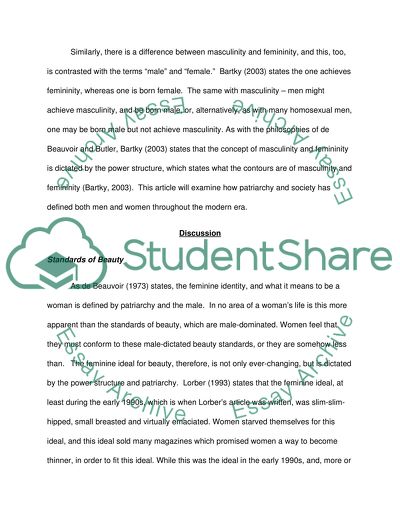Cite this document
(“Gender is not something one is, it is something one dose it is a Essay”, n.d.)
Retrieved from https://studentshare.org/gender-sexual-studies/1451394-gender-is-not-something-one-is-it-is-something-one
Retrieved from https://studentshare.org/gender-sexual-studies/1451394-gender-is-not-something-one-is-it-is-something-one
(Gender Is Not Something One Is, It Is Something One Dose It Is a Essay)
https://studentshare.org/gender-sexual-studies/1451394-gender-is-not-something-one-is-it-is-something-one.
https://studentshare.org/gender-sexual-studies/1451394-gender-is-not-something-one-is-it-is-something-one.
“Gender Is Not Something One Is, It Is Something One Dose It Is a Essay”, n.d. https://studentshare.org/gender-sexual-studies/1451394-gender-is-not-something-one-is-it-is-something-one.


